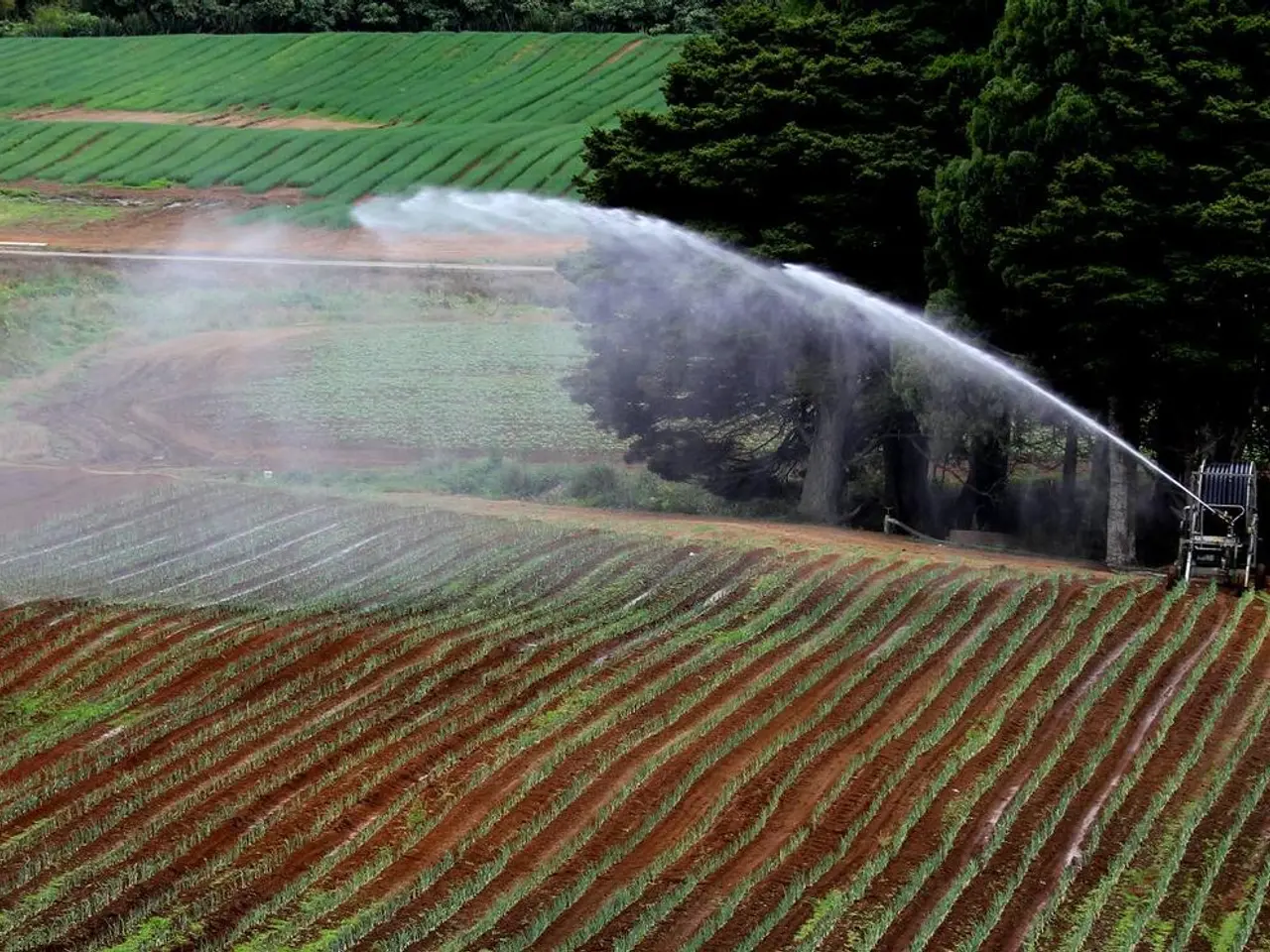Guideline for Error-Free Irrigation Controller Programming
In the quest for a lush, healthy garden, an efficient irrigation system is crucial. Rain controllers, designed with user-friendly features, are a great solution for managing water usage and promoting plant health. Here's a comprehensive guide on how to install, program, and maintain your irrigation controller for optimal results.
**Installation**
To ensure your irrigation system functions smoothly and safely, follow these steps:
1. Connect the controller to your irrigation system's valves and wiring, adhering to the manufacturer's wiring colours and instructions to avoid damage or malfunction.
2. Plug the controller into a reliable power source such as a wall outlet or install batteries if it is battery-powered. Remember to turn off power before wiring to avoid safety hazards.
3. Use waterproof wire nuts and electrical tape on all outdoor connections to prevent corrosion and electrical failures.
4. Consider professional installation for durability, code compliance, and warranty coverage, especially in challenging climates or larger systems. However, with proper care, DIY installation is feasible following best practices.
**Programming and Configuration**
For optimal water efficiency and plant health, organise your irrigation zones based on plants' water requirements, program watering times during early morning hours, adjust watering durations based on soil and plant types, and integrate soil moisture sensors and weather data.
1. Group plants by water needs into zones to avoid overwatering or underwatering.
2. Program watering times during early morning hours (typically 4-6 AM) when evaporation is lowest and water pressure is high.
3. Adjust watering durations to suit your specific soil conditions and plant needs. Clay soils require longer, less frequent watering, while sandy soils benefit from shorter, more frequent cycles.
4. Use soil moisture sensors to water only when necessary, and connect the controller to local weather stations or services to automatically adjust schedules for rain or temperature changes.
5. Modify watering schedules throughout the year to accommodate changing weather and plant growth stages.
**Maintenance**
Regular maintenance is key to maintaining system performance:
- Monthly checks: Verify battery levels, clean sensors and connections, and test each zone manually to detect issues early. - Quarterly sensor and valve cleaning: Prevent false readings and clogging that can waste water or harm plants. - Annual system testing and updates: Conduct thorough testing and update software in smart controllers to keep the system efficient and reliable.
**Additional Tips**
- Use adapters or add-on devices like the RCO Add-A-Zone for expanding zones without new wiring if needed. - Avoid wiring mistakes by turning off power before installation and checking connections thoroughly. - Keep spare fuses and parts handy to reduce downtime when repairs are needed. - Consider smart controllers for advanced features that enhance water savings and plant health by responding dynamically to environmental conditions.
By following these guidelines, you can achieve an irrigation system setup that maximizes water efficiency and promotes healthy plants while reducing waste and maintenance costs. Happy gardening!
- To make the most of your smart app for home-and-garden, you can program it to control your newly installed irrigation system, helping you manage water usage effectively and maintain a lush garden.
- A smart news article on home-improvement suggests integrating an aqua sensor with your irrigation system, allowing it to adjust watering schedules based on real-time soil moisture levels for improved efficiency.
- For a more sustainable lifestyle, consider investing in a smart irrigation system equipped with rain controllers and weather data integration, ensuring optimal irrigation during dry spells and reducing overall water consumption.
- In the process of upgrading your home-and-garden setup, don't forget the importance of proper gardening techniques, such as placing plants with similar water needs together in the same irrigation zone.








